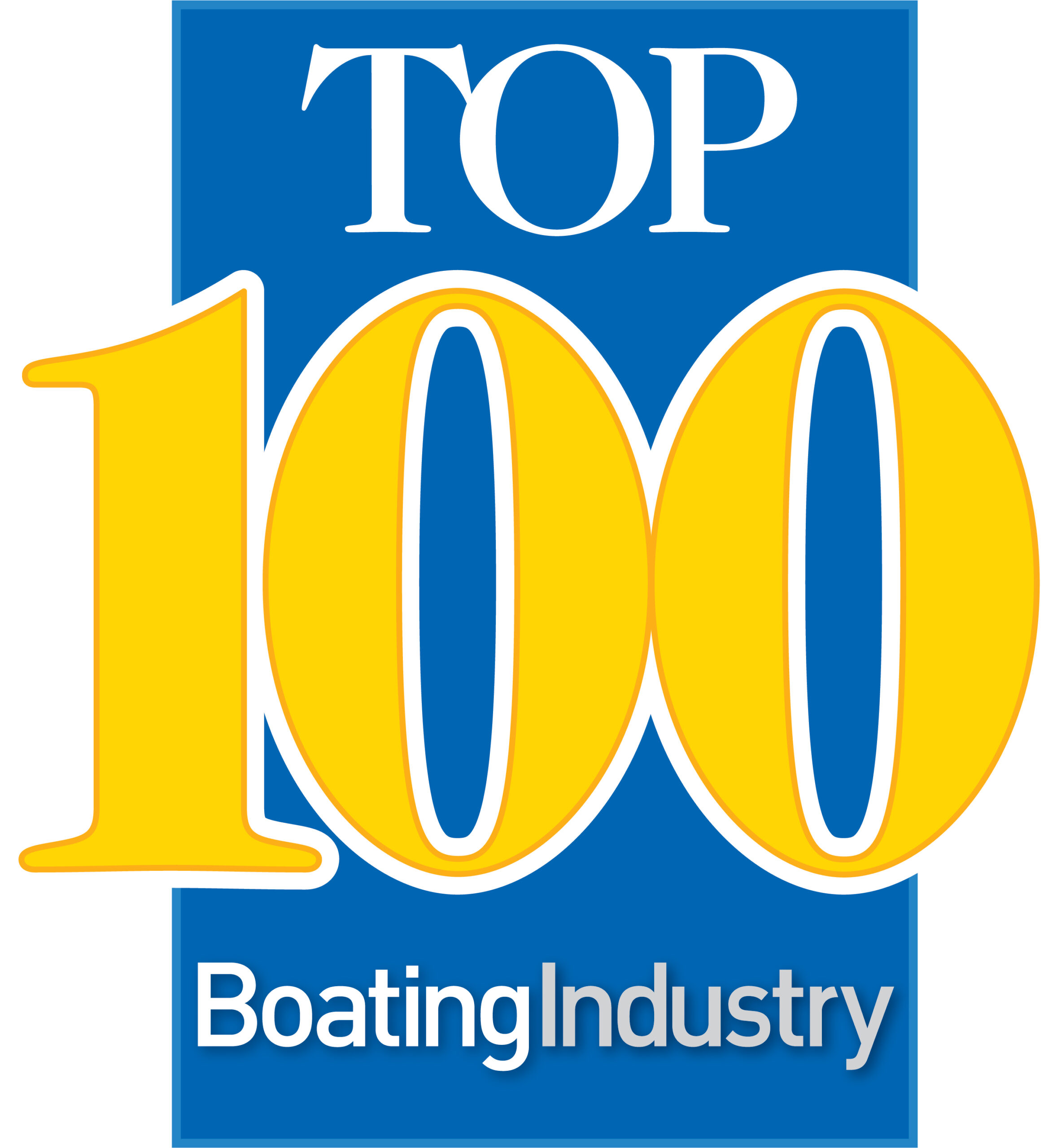Making blogs work
Imagine the perfect sales scenario. A satisfied customer is talking to some of your prospects. The conversation is engaging, informative and, best of all, honest about the relationship with your company. I say, “best of all,” because what’s honest is believable.
How do you duplicate that scenario, preferably many times, easily and affordably?
Think blog – short for weblog. It’s one person’s online diary that often leads to a conversation. If you haven’t investigated blogs, you should. Because blogs are the newest form of interactive marketing, and the boating industry has yet to capitalize on the potential.
Consider information from Technorati, a search engine that tracks where and how many blogs are in the blogosphere at any given time. In mid-July the total number of blogs was 48.7 million, a figure that doubled in five months, a consistent trend. How many were boat-related? According to BlogPulse, a Web site that graphs Web buzz for certain terms, just under 1 percent of the blogs mentioned boat, slightly more than .1 percent mentioned marinas, and only about .03 percent mentioned boat sales.
Until May 2005, when Business Week published a cover story about the business implications of blogs, most companies didn’t understand the medium’s significance. Now marketing departments are realizing that blogs can:
• Attract new buyers
• Improve customer service
• Build customer loyalty
• Recruit employees
• Manage a crisis
The key is engaging and interacting with customers. That can mean encouraging them to blog about their experiences with your products and your company, providing virtual experiences so buyers can purchase wisely. Or writing an executive blog, putting the reader directly in touch with management; or even developing a product blog, answering questions and providing the latest information.
Because blogs are conversations, not carefully controlled messages, you see a style that’s rare in brochures, reports and ads. In fact, the informal style is what readers trust. It makes them feel they are participating in an authentic exchange.
Every second a new blog is developed. Why? Because setting up a blog is easy, especially if you go to Blogger.com or WordPress.com. As a bonus, you can use their platforms, domain names and hosting for free.
But a somewhat more sophisticated process is what I suggest for those in the boating industry. The reason: maintaining the same look and feel throughout all business materials, including a blog, is just good marketing. That means paying for design and also for software that can be customized.
To get the most benefits from a blog, I recommend eight strategies for success:
1. Look to the future – Get your own domain name. If you piggyback onto another blog and it goes out of business, you lose links. If you piggyback and then move your blog, you also lose links. In the interconnected blogosphere, links allow readers to quickly and easily investigate anything commented on or referenced in a post.
2. Make it personal – Use bloggers who are real people in real time. Remember: you want to answer buyers’ questions and needs. The goal is to focus on the customer, not on your organization,
3. Be authentic – Allow negative comments and feedback; it’s part of the authenticity. But don’t allow profanity or comments off topic, particularly in feedback. Publishing some guidelines will help.
4. Get the word out – Create a blogroll of links to other blogs. Also submit the blog to blog directories and news aggregators. A Web search will supply many sources. Consider using search engine optimization by creating keywords in domain names, post titles or headlines, tags for HTML coding such as headings, metatags and titles. To automatically inform services when you’ve updated your blog, use pingomatic.com.
5. Talk about it – Get even more interactive and develop a message board for forum topics. If you monitor comments, do it frequently and quickly, showing commitment to the dialogue.
6. Step back for a good look – Find out what the blogosphere is talking about, so you can react with forum topics. Go to technorati.com for a directory of blogs. Go to blogpulse.com for measurements of the level of conversation in blogs.
7. Go the distance – Allocate the necessary resources to keep the blog site relevant and timely. Show professionalism by catching and acknowledging errors and then fixing them.
8. Make it fit – Use blogging as one more piece in the marketing package. It’s not a stand-alone. Drive traffic to your blog by mentioning it on business cards, email signatures, ads, press releases and other marketing materials. Provide links to the blog from your Web site homepage.
In summary, the sheer magnitude of the blogosphere demands that you pay attention to it. Blogging is not a fad that will soon fade. Rather, audiences are relishing their power to be part of the conversation. Make sure you’re participating. Tap into the power of the blog.
Jerry Flaxman is co-producer and executive vice president of the Atlantic City In-Water Power Boat Show and past president of International Federation of Boat Show Organizers.




